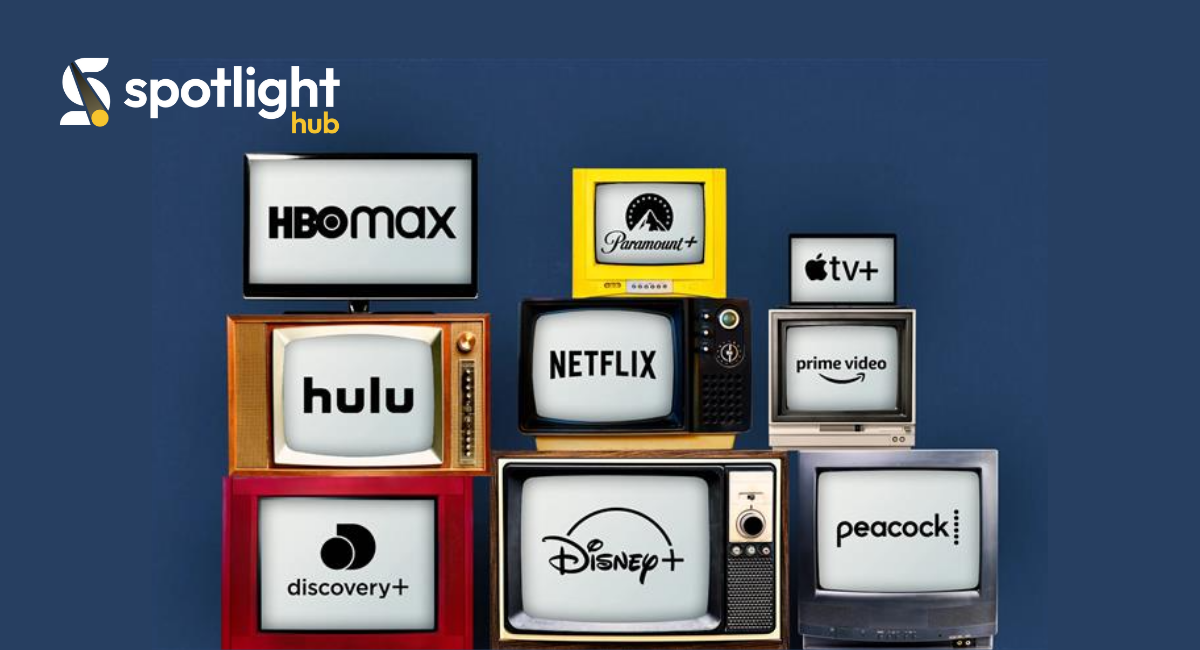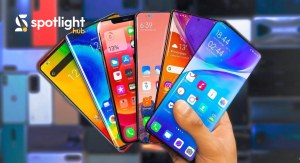The way we watch TV and movies has changed dramatically over the past few years. Gone are the days of sitting down to watch whatever was on TV or renting DVDs. Now, streaming services are the go-to option for millions of people worldwide, offering vast libraries of content with the click of a button. Platforms like Netflix, Hulu, and Disney+ have completely transformed how we consume entertainment. But as the streaming industry continues to evolve, what does the future hold for TV and movies?
The Growth of Streaming Platforms
1. From DVD Rentals to Streaming
Before streaming services became mainstream, renting DVDs was the preferred way to watch movies at home. However, this changed when companies like Netflix shifted from mail-order DVDs to online streaming. The convenience of streaming, no need to wait for a DVD to arrive, no late fees, made it an attractive alternative for many consumers.
Now, streaming platforms offer an even broader range of content, from classic films to the latest blockbusters. Viewers can watch what they want, when they want, on virtually any device. This evolution has made streaming services a major player in the entertainment industry, taking over as the primary method of content consumption for millions.
2. Content Creation and Original Programming
In the early days of streaming, platforms relied heavily on third-party content, licensing movies and TV shows from other studios. However, as the competition grew, platforms began to create their own original programming to stand out. Netflix’s House of Cards and Amazon Prime’s The Marvelous Mrs. Maisel were among the first major successes that proved the potential of original content.
Today, streaming services are investing heavily in original programming. Disney+ now boasts shows like The Mandalorian and HBO Max offers Euphoria. This shift toward exclusive content has not only helped streaming services build their subscriber bases but also changed the entire landscape of TV and movies, giving rise to new talent and fresh voices.
3. Impact on Traditional Cinema
The rise of streaming services has created a new challenge for the traditional movie industry. While cinemas were once the primary venue for watching the latest releases, many films now debut on streaming platforms instead of theaters. Some high-profile releases, such as Wonder Woman 1984 and Mulan, premiered directly on platforms like HBO Max and Disney+ due to the pandemic. This shift has raised questions about the future of movie theaters and the impact streaming will have on box office revenues.
On the other hand, streaming has also helped bring attention to films and shows that might not have gotten a theatrical release, allowing smaller productions to reach a global audience. This has expanded the variety of content available, giving viewers more options than ever before.
The Global Expansion of Streaming Services
1. Access to International Content
Streaming services are not just offering content in one country—they are now global. Platforms like Netflix have expanded their reach to over 190 countries, offering content in different languages and catering to diverse tastes. This has opened up a world of entertainment to viewers who previously had limited access to international films and shows.
In countries like South Korea, India, and Japan, local streaming services have gained significant traction, producing original content tailored to regional preferences. For instance, Korean dramas (K-dramas) have become global hits, attracting millions of viewers from outside South Korea. With the increasing availability of content from all corners of the globe, streaming services are fostering a more interconnected global entertainment culture.
2. Localization and Customization
One of the most exciting aspects of streaming services is their ability to personalize the viewing experience. By using algorithms that analyze a viewer’s watching habits, these platforms recommend shows and movies tailored to individual tastes. They also offer various language options and subtitles, making content more accessible to a global audience.
In addition, some streaming services now offer customization in the form of multiple profiles, which is ideal for families or households with diverse viewing preferences. This flexibility and attention to personalized content have helped make streaming platforms a dominant force in the entertainment industry.
What’s Next for Streaming Services?
1. The Future of Interactive Content
The next step for streaming services is to further innovate the viewing experience. While many services already offer a broad range of on-demand content, there’s a growing interest in more interactive forms of entertainment. Shows like Bandersnatch (part of Black Mirror) gave viewers the chance to make choices that affected the storyline, showing how interactive television can engage audiences in new ways.
In the future, we could see even more immersive experiences, such as virtual reality (VR) or augmented reality (AR) content, where viewers could interact with their environment or explore new worlds. This could completely change how we experience stories, bringing a more active role to the viewer.
2. Ad-Supported Services
While most streaming platforms offer subscription-based models, some are now introducing ad-supported tiers to provide more affordable options for viewers. Services like HBO Max and Peacock already offer such models, and we may see more platforms adopt this approach in 2025. These ad-supported services allow viewers to access content at a lower price, while advertisers benefit from access to a highly engaged audience.
This shift towards more affordable, ad-supported options could make streaming services even more accessible, further solidifying their place in the entertainment industry. However, balancing ads with the viewing experience will be key to maintaining viewer satisfaction.
3. The Streaming Wars
As more companies launch their own streaming platforms—such as Apple TV+, Paramount+, and Peacock—the competition among streaming services continues to intensify. While established players like Netflix, Disney+, and Amazon Prime dominate the market, newer platforms are vying for a share of the audience by offering exclusive content and original programming.
The challenge for consumers will be determining which services offer the best value. As more services are introduced, many people will have to decide whether to subscribe to multiple platforms or stick with just one. The next few years could see consolidation in the market, with smaller platforms either merging with larger ones or being absorbed by bigger competitors.
Conclusion
The rise of streaming services has dramatically changed the way we watch TV and movies. With more options, better technology, and personalized experiences, streaming has become the primary way people access entertainment. As we move into 2025, the future of streaming looks bright, with new innovations in interactive content, ad-supported models, and even more diverse global programming on the horizon.
For both viewers and the entertainment industry, these changes are exciting. The question now is how streaming services will continue to evolve and adapt to new technologies and shifting consumer demands. As the streaming world continues to grow, one thing is clear: the way we consume entertainment will never be the same again.










